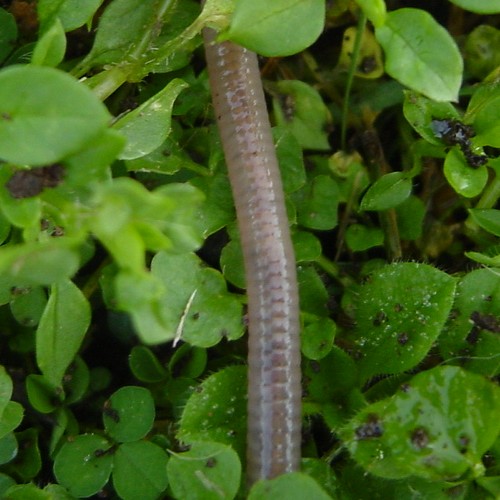Winter Composting; Earthworms Abound
Winter is a tough time to compost. The early stages of decomposition are marked by temperatures as high 140-150 degrees Fahrenheit, as several types of bacteria go to work. Winter makes composting difficult by preventing the pile from getting hot enough to support the compost-loving mesophilic and thermophilic bacteria, the main players on the compost stage. Fortunately, a mild fall ensured that these guys had plenty of time to do their thing before winter's arrival.
Two months ago, the pile was filled to the gunwales. Since then it has easily lost 20% of its volume, thanks to decomposition. With garden fork in hand, I checked-up on the pile and turned it to provide oxygen and break up any clumps.
What I found were the hallmarks of late-stage decomposition. As the bacteria peters out, temperatures moderate, opening the door for the physical decomposers: macro-organisms. Throughout the pile were hundreds of earthworms, some of which were the gigantic kind typically found on a dissection table. Earthworms are perhaps the most important players in this whole process. Consuming bacteria, fungi, protozoa, and organic matter, they leave behind nutrient-rich castings. In addition to primary consumers like earthworms, a few secondary and tertiary consumers, like centipedes, were present.
What was once a large pile of leaves, food scraps, and grass clippings, is now a crumbly, black, wonderfully earthy-smelling mass of compost. Amazingly, despite the relatively cold weather, the pile continues to break down, easily digesting two big pumpkins from Halloween, three pounds of old onions and several heads of lettuce in the past two months.
By early summer this compost should be cured and ready to use.




No comments:
Post a Comment